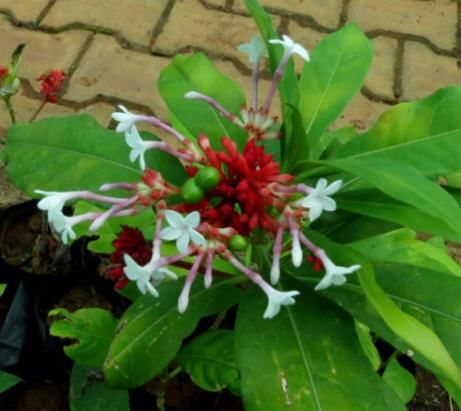Practice Test - NEET MCQ
30 Questions MCQ Test 4 Months Preparation for NEET - Practice Test
If the electron in H atom jumps from the third orbit to second orbit, the wavelength of the emitted radiation is given by
Artificial disintegration with alpha particles of which of the following led to the discovery of neutron?
In the reaction of metallic cobalt placed in nickel sulphate solution, therein is a competition for release of electrons At equilibrium, chemical tests reveal that both Ni+2 (aq) and Co+2 (aq) are present at moderate concentrations. The result is that:
Chlorine, bromine and iodine when combined with oxygen, have oxidation numbers
The decomposition of hydrogen peroxide to form water and oxygen is an example of
A large regional unit characterised by a major vegetation type and associated fauna found in a specific climate zone constitutes:
What is the rate at which solar energy is converted and stored by the producers per unit area over a time period called?
There are only 4 or 5 trophic levels in food chain of an ecosystem due to :
Amongst the animal groups given below, which one has the highest percentage of endangered species?
|
440 videos|1595 docs|542 tests
|




















